
Provide opportunities for independent decision-making and activities.
It is not only important, but imperative that we allow kids to make decisions for themselves and potentially make mistakes– within reason! It is appropriate to avoid nagging your teen over whether or not they’ve adequately studied enough for a test but you may want to step in and encourage your teen not to miss the deadline for a college application. This will let your teen experience natural unwanted consequences for the choices they make, without endangering their futures or lives. You may also allow your teen to decide which extracurricular activities they do or do not want to participate in rather than enforcing a specific sport or instrument for them to play. By giving teens autonomy over how they spend their time outside of true obligations, like school, you are encouraging a natural investment in their interests and allowing them to explore new hobbies or activities you otherwise may not have considered exposing them to. This can also be an important aspect for self-identity formation!
Share explicit expectations for your teen.
With maturity and independence comes greater responsibility, and it’s reasonable as a parent to hold your teen to higher expectations as they take on more autonomy. It can be helpful to set aside time at the beginning of each school year or around your teens birthday to jointly create the expectations you have of them going into a fresh year– some examples may include curfew hours, allowed radius they can socially travel, what activities need clearance from a parent before committing to, part-time employment, and household chores for them to maintain. This shows how much you respect them as an individual by allowing them to have a say in what is expected of them as well as setting them up for success by outlining these expectations for them before any issues arise. Please note that if you share the parenting role with another adult that it is important for all parenting figures to be on the same page when enforcing expectations with a teen to avoid confusion and inconsistency.
Be open to conflict and offer support when problems arise.
One of the biggest reasons kids stray from their parents is fear of being misunderstood, judged, or shamed for their behaviors– this is even more prevalent in teens who are working overtime to additionally avoid these fears from peers and themselves! Conflict is more likely to happen as teens lean into themes they have control over, such as how they present themselves or what they engage in, that disagrees with how their parents envision them. These sudden changes can seem very abrupt to a parent and spark concern, when realistically it is developmentally appropriate for teens to act seemingly out of character as they try to understand who they are and how they want to exist in society. Furthermore, when teens make mistakes or are struggling it can be difficult to ask for help as they understand their newfound independence to allow no room for error. For example, if your teen is struggling with a social dilemma they may seek your advice or emotional support in processing the situation. Another situation may be a teen who is struggling with time management between different responsibilities, where you may offer to sit down with your teen and help organize a weekly schedule they can follow. It is important that parents continue to support their teen’s autonomy by remaining open to give advice and share strategies for success when asked. As humans we are all guilty of making mistakes or needing to ask for help, so if a teen seeks out support we want them to always feel the security of a parent offering a helping hand with the intention for them to learn from the experience and improve for the future.
Parenting Resources:
https://www.apa.org/topics/parenting/teens
https://www.psychologytoday.com/us/basics/parenting/parenting-teenagers
https://www.choosingtherapy.com/teenage-parenting-books/
https://parentingteensandtweens.com/
https://www.ncbi.nlm.nih.gov/pmc/articles/PMC6667174/
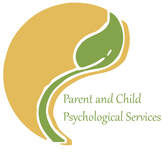

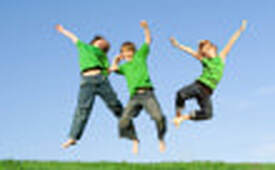
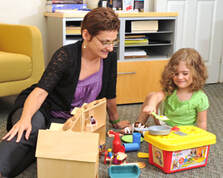

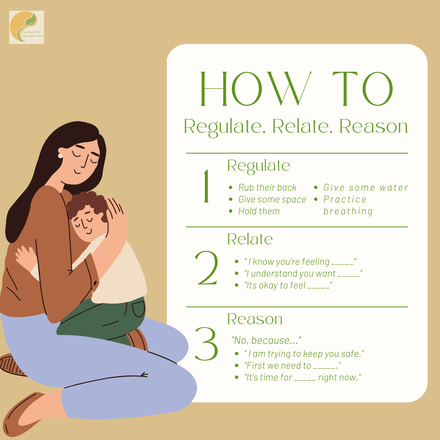
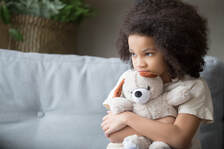

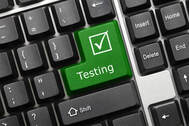
 RSS Feed
RSS Feed